VOLUME 37
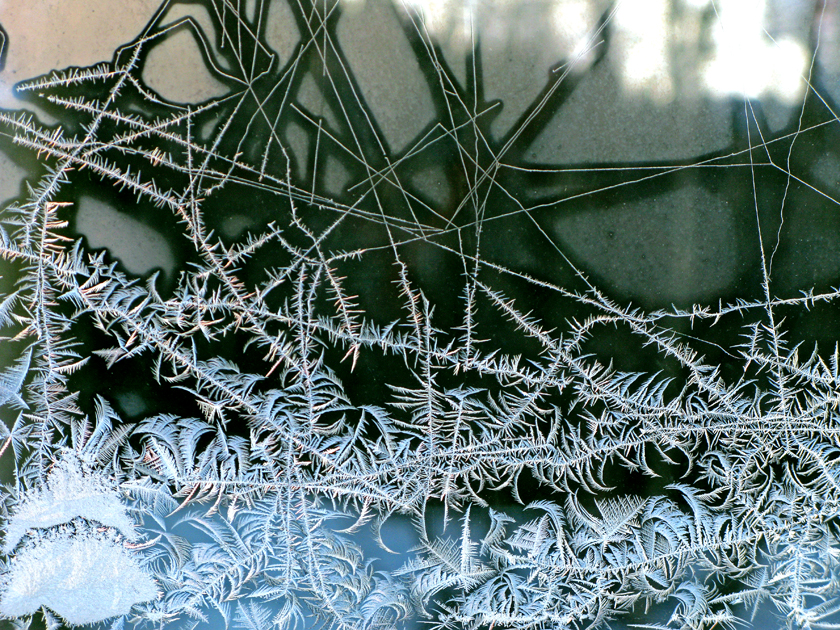
(N)EVERLASTING: IMPERMANENCE IN DESIGN CULTURE Volume 37 Full PDF (2015) Abstract With the arrival of the digital age and a culture dedicated to speed and efficiency, much of contemporary design has lost an old motivation: to create artifacts or experiences of permanence. Not even incredible breakthroughs remain for very long before they become the undiscussed […]
Volume 36

Form and Fiction: The role of design and designers in shaping, framing and reflecting reality “The idea of probable, preferable, plausible and possible futures – the space between reality and the impossible – allows designers to challenge design orthodoxy and prevailing technological visions so that fresh perspectives can begin to emerge.” —Dunne & Raby Volume 37_Full […]
Volume 31: Relevance (2005)
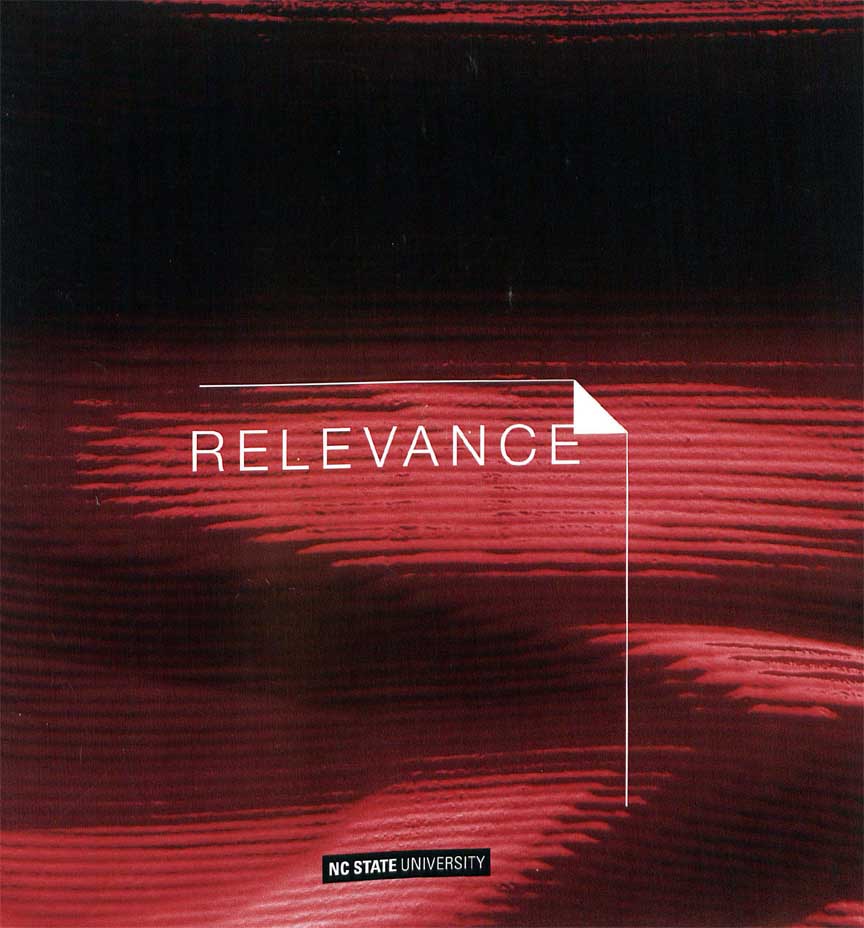
Relevance (Download PDF) Volume 31: Relevance, The Student Publication of the College of Design presents the work of a group of designers who, on the surface, fall into a number of disparate categories, negotiating issues spanning technology and manufacturing processes, economic class and culture, and environmental design considerations. Yet, all of the contributions to this volume are […]
Volume 29: Urban Design in Action (1985)

Urban Design in Action (Download PDF) Urban Design in Action is the documentation of a record of achievement by professional assistance teams who answer to appeals for help from our cities. Called Regional/Urban Design Assistance Teams, or RIUDATs, they began in 1967 in response to a citizen’s chance perception that the American Institute of Architects […]
Volume 28: Analysis of Precedent (1979)

Analysis Of Precedent (Download PDF) Analysis Of Precedent is a collection of diagrams which systematically analyze the works of eight architects. For each architect four representative buildings have been documented . The architects were purposefully selected from various periods of time to represent seemingly different approaches to architecture. Diagrams have been utilized to capture the essence […]
Volume 27: Great Models (1978)
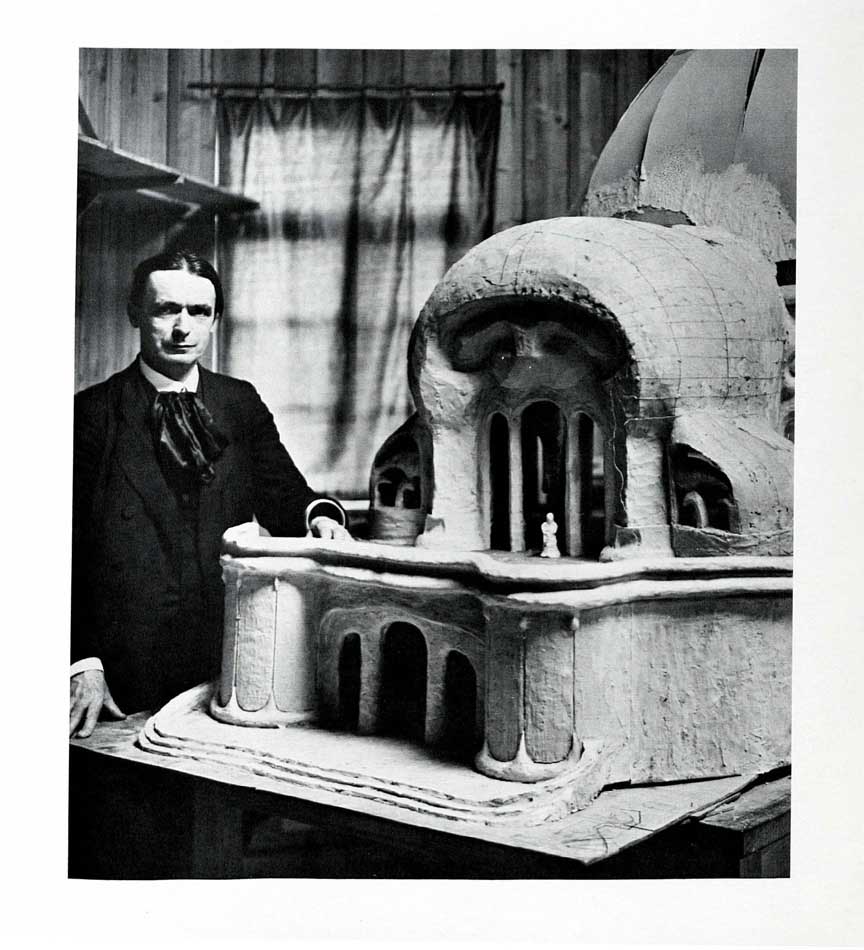
Great Models: Digressions On The Architectural Model (Download PDF) Architectural models offer a record of architecture older than the profession itself; a record which expresses all the varying spirit and meanings which both architects and their public give to buildings. It is an enchanting journey through entombments and religious devotions, through records left in fresco and […]
Volume 26: Carolina Dwelling (1978)

Carolina Dwelling: Towards Preservation of Place: In Celebration of the North Carolina Vernacular Landscape (Download PDF) Carolina Dwelling is a collection of essays that describe, analyze, trace the history and suggest the possible meanings of various features of the North Carolina vernacular landscape. The book’s purpose is to provide a basis for collective reflection upon both the particularity […]
Volume 25: Projections (1977)
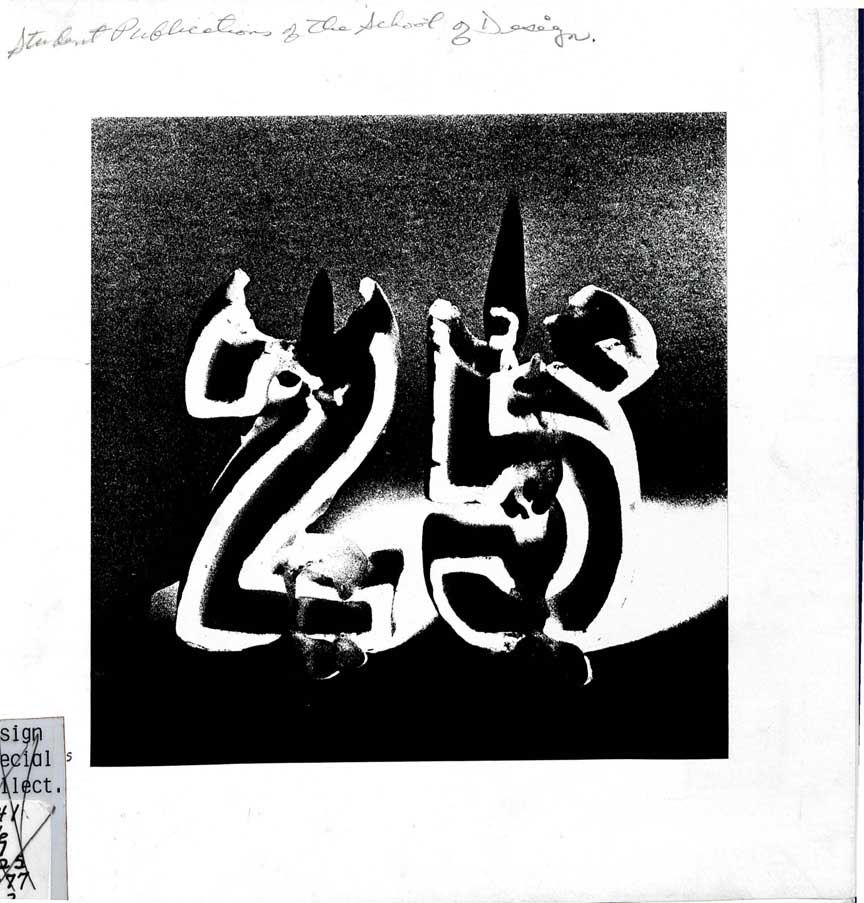
Projections (Download PDF) Volume 25 is a collection of articles and opinions which project a complete statement of the possibilities and potentialities for the future of design. This statement also represents a variety of roles that designers may play as agents and makers concerned with environmental design. Ultimately this statement deals with the purpose of […]
Volume 24: Patterns (1975)
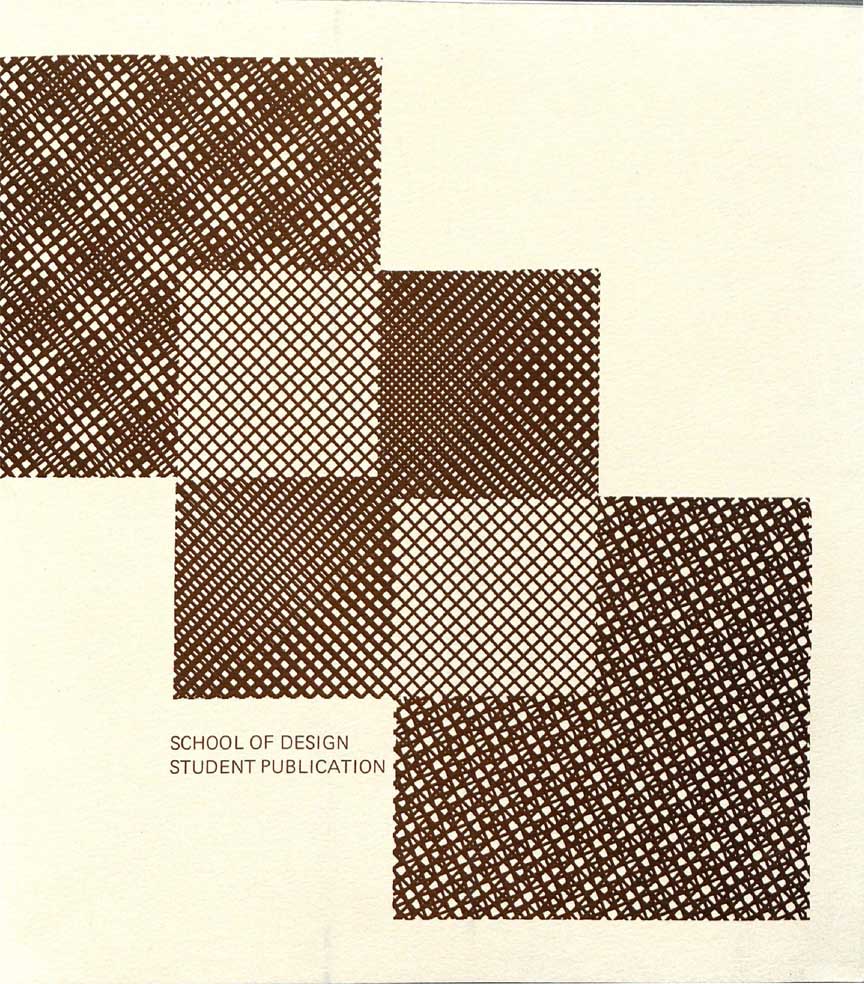
Patterns (Download PDF) (excerpted from the introduction) Pattern, structural or applied, functions as a visual element enriching surface and form . Whether sophisticated mathematical configuration or loosely designed primitive crafts, pattern is structure composed of an image or motif repeated in a specific order. Repetition implies order and system, lending itself easily to mass production. The […]
Volume 23: Designing the Method (1974)

Designing the Method (Download PDF) (excerpted from the introduction) There is a growing realization of the need for new strategies to solve increasingly complex problems in the built environment. Rapid urbanization, accompanied by changes in goals, values, and technology, have resulted in changes in people’s environmental needs and aspirations in such areas as education, housing, […]
Volume 20: Eleven Views (1973)
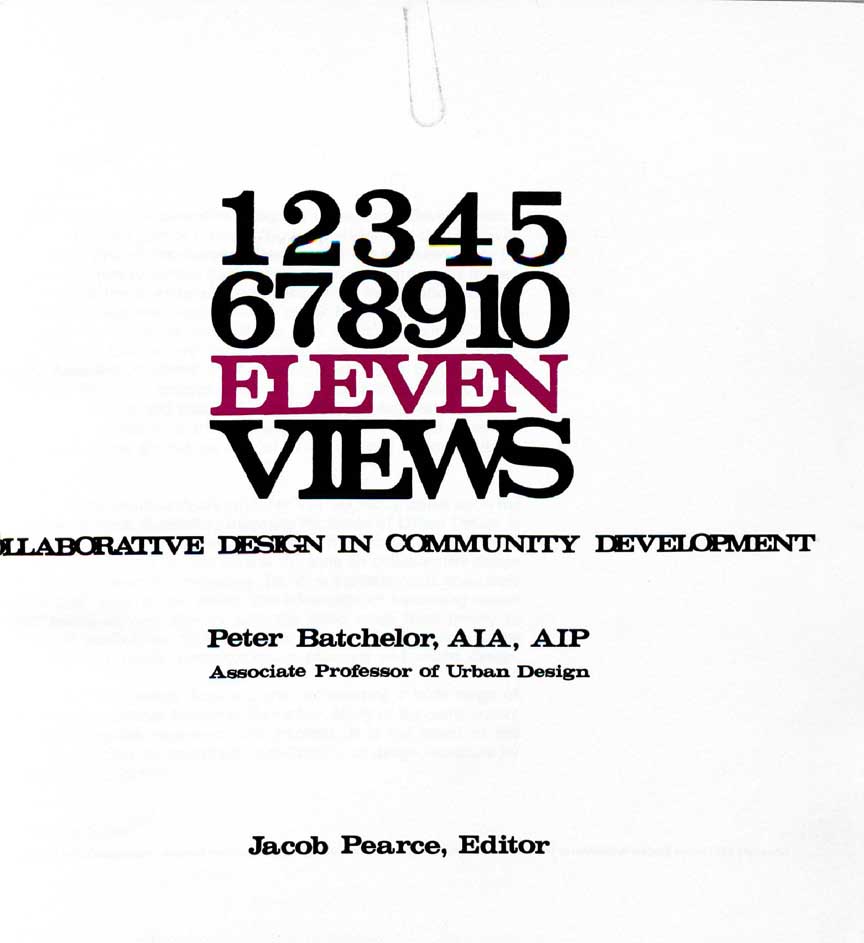
Eleven Views (Download PDF) Eleven Views is a series of visual contributions that relate to light, seeing, sequence, relating, pattern, developing, form, defining, mood, revealing, texture, composing, process, finding. Contributors: John M. Bailey, David Robinson Godschalk, Peter Batchelor, Dr. Frances Fox Piven, Larry B. Morrison, Hugh Morley Zimmers, Chester W. Hartman, Randolph T. Hester, Bernard P. […]
Volume 19: Projects (no.1) and (no.2) (1970)

Issue 1: Projects (Download PDF) It has been several years since the Student Publication has presented work done in the School of Design; this issue, devoted to projects undertaken in the context of the School, attempts to sample current involvement. All of the contributors to Volume 19:1 have taught at the School; two are graduates as […]
Volume 18
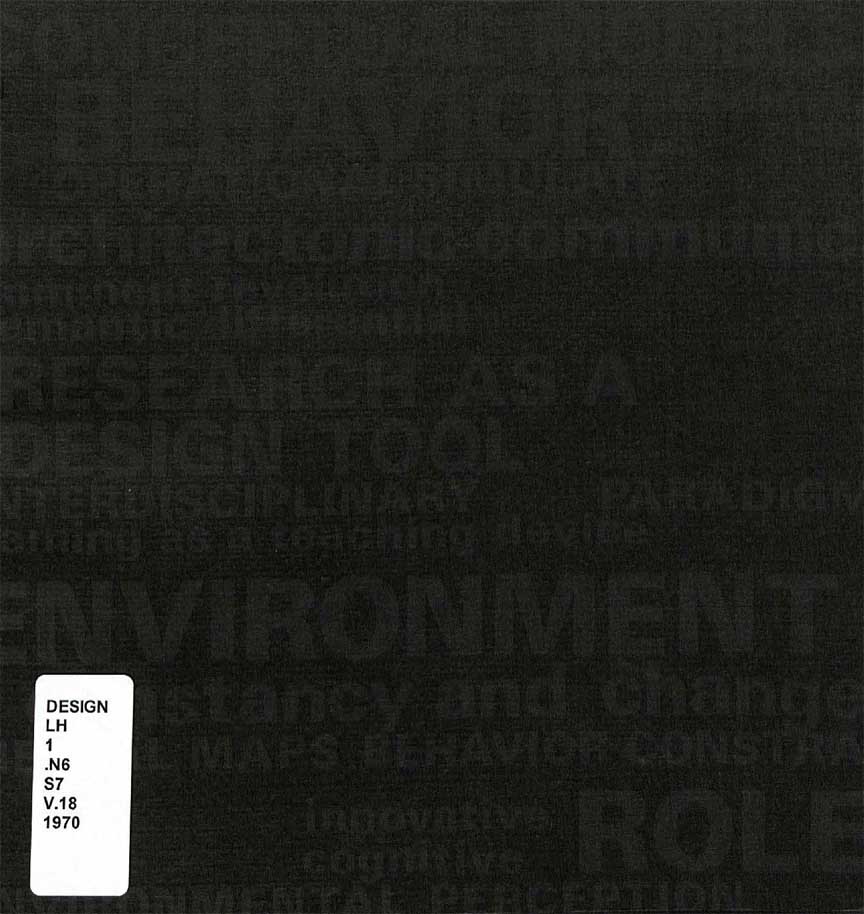
Contributors: Murray A. Milne, Sidney Cohn, Henry Sanoff, David Stea, Raymond G. Studer, Charles H. Burnette, Amos Rapaport, Davis Bonstell, and Kenneth Craik
Volume 17:1: Building Skeletons
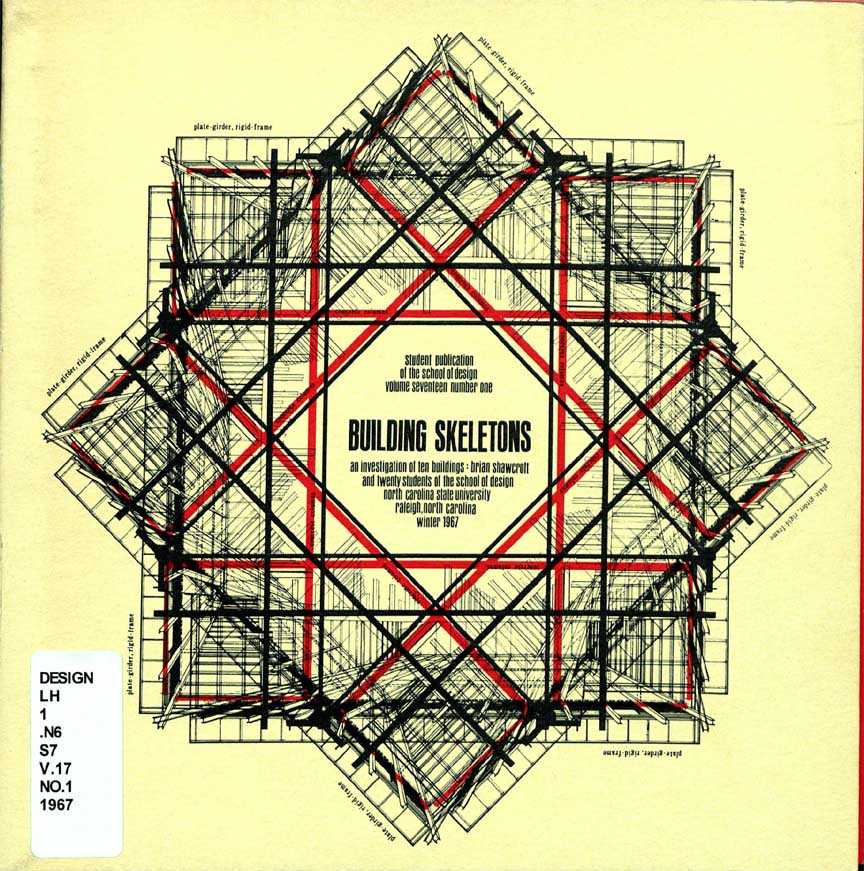
Building Skeletons: An investigation of ten buildings – Brian Shawcroft and twenty students of the School of Design
Volume 17:2

Photography for Designer Brian Shawcroft
Volume 16: Forty Gardens
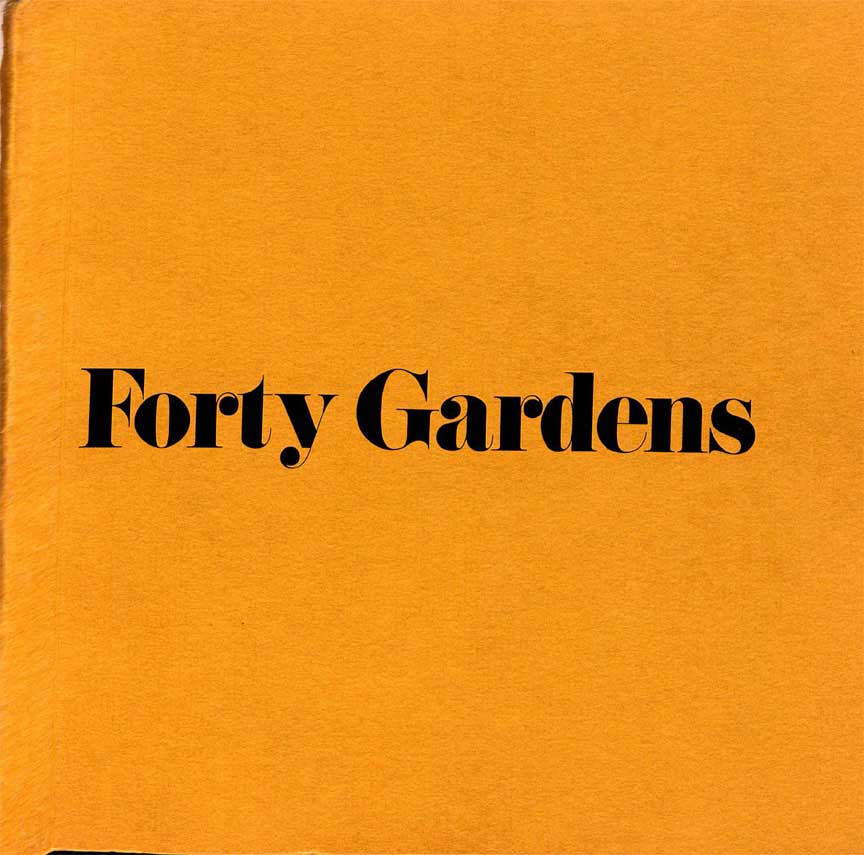
Introduction: Past cultures reveal themselves by conceptional evidence through their buildings and associated landscape configurations. An understanding of this order and physical form must be a fundamental part in the make-up and general knowledge of the designer.
Volume 15

Contributors: Peter Batchelor, Richard R. Wilkinson, Warren J. Ranney, William Perry D. White, Frank Hough
Volume 14
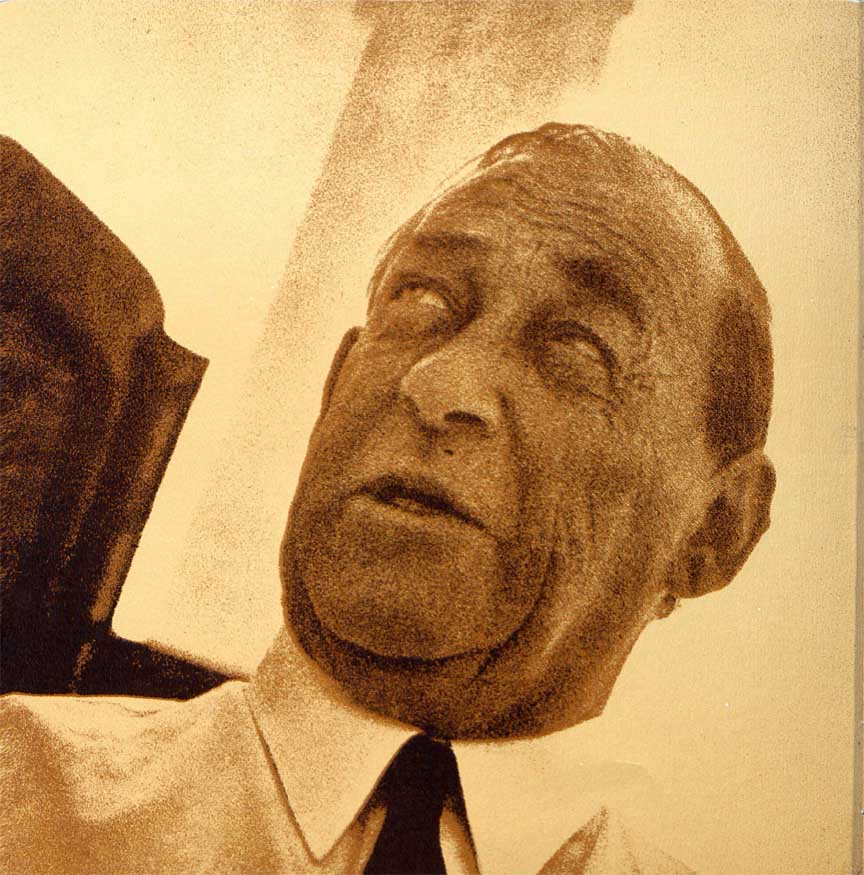
Contributors: Harwell Hamilton Harris, Alvar Aalto, Le Corbusier, Louis I. Kahn, Paolo Solari
Volume 13
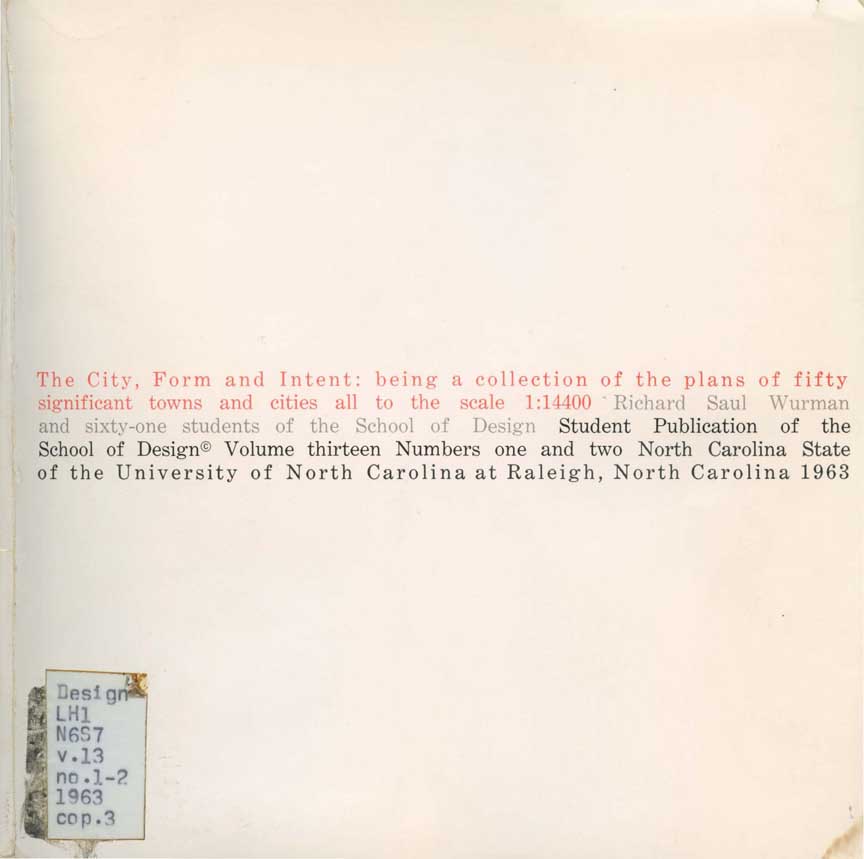
The City, Form and Intent: being a collection of the plans of fifty significant towns and cities all to the scale 1 :14400 · Richard Saul Wurman and sixty-one students of the School of Design
Volume 12, Issue 2
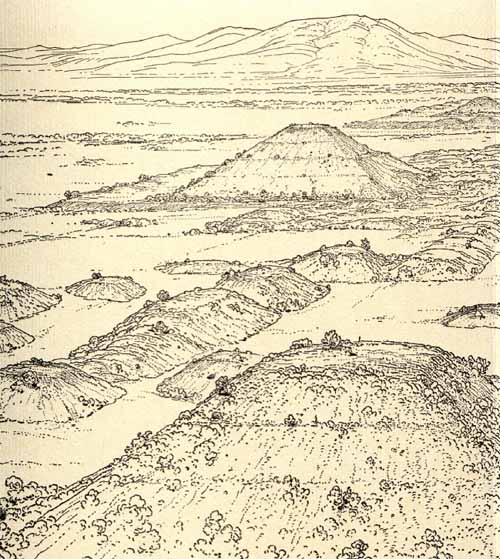
LANGUAGE AND THE DESIGNER FOUR CLASSIC PRE-COLUMBIAN CITIES – SITE RELATIONSHIPS: MIDWAY PLANTATION – MEASURED DRAWINGS
Volumes 11-12, Issue 1.
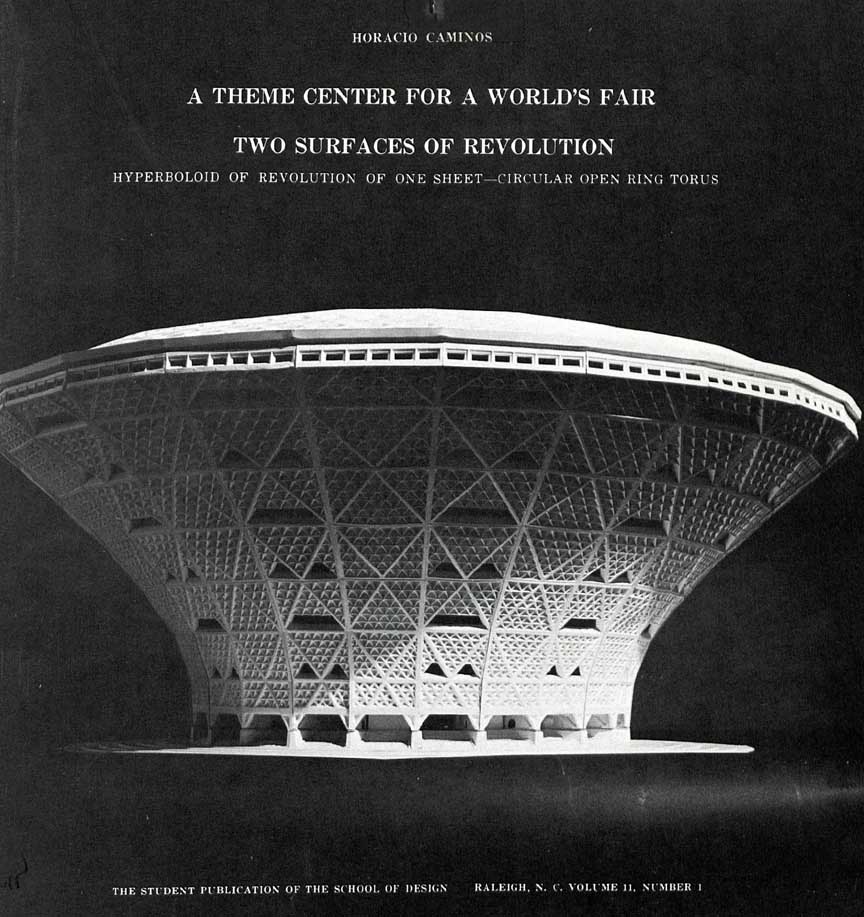
Contributors: Horacio Caminos, Duncan Stuart, Vernon Shogren, Augusto Cavallari-Murat, Pier Luigi Nervi
Volume 08
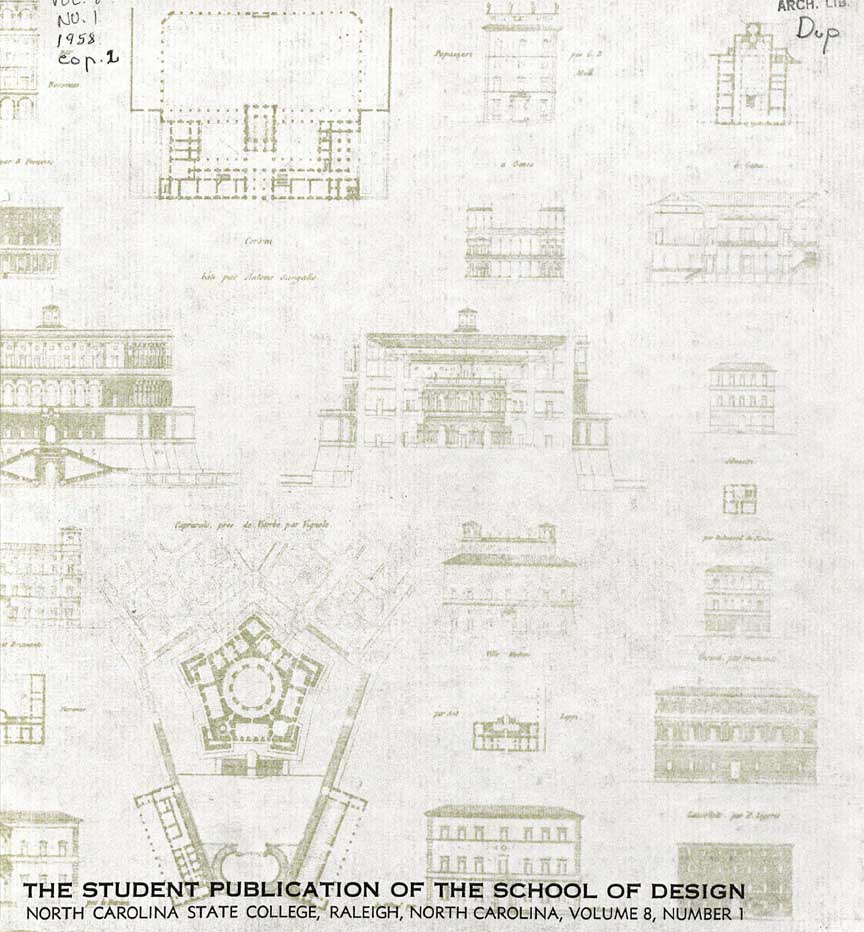
Contributors: Henry Kamhoefner, Pietro Belluschi, Paul Buisson, Sherman Pardue, Guilio Pizzetti, Patrick Horsbrugh, Jose de Rivera, Prof. Dr. Ing. Guido Oberti, Prof. Dr. Ing. Arturo Danusso, James M. Fitch, Sylvia Crowe, Auguste Rodin, Norbert Gorwic, Melvin Ravitz, Barclay Jones, Percy Johnson-Marshall, Grady Claw, Thomas Hodne, Norman Klein
Volume 06
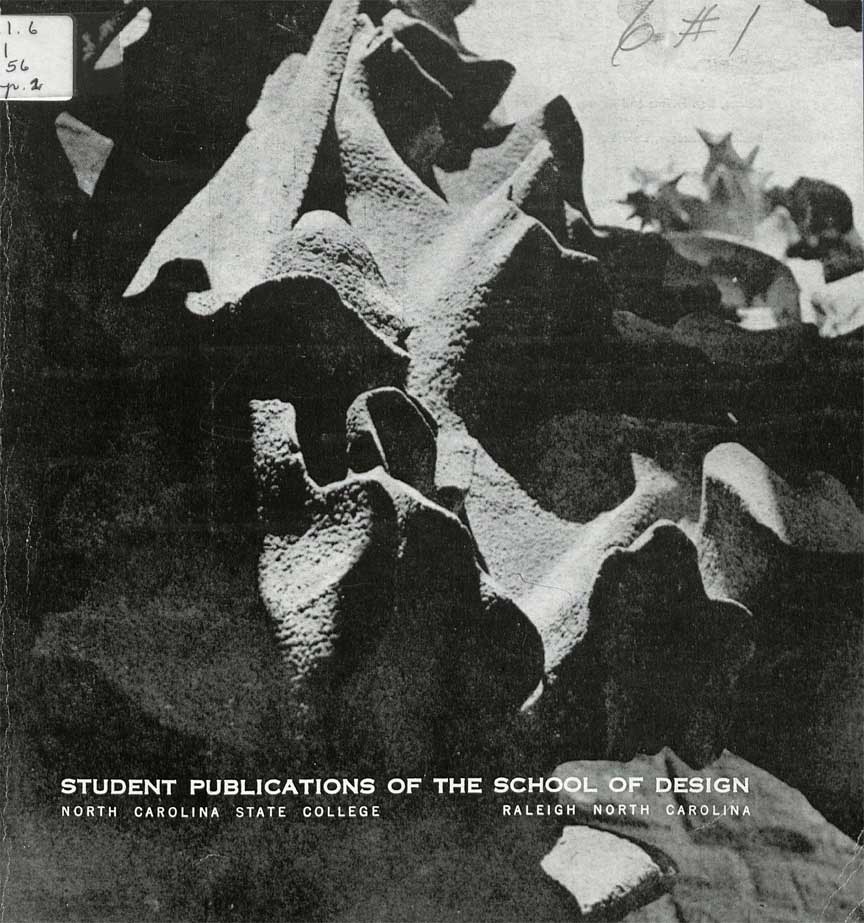
Contributors: Felix Cardellach, Pier Luigi Nervi, Duncan Stuart, Felix Candella, George Boas, Garret Eckbo, Mario Sal Vadori, Jose Luis Sert, Horacio Caminos, Atilio Gallo, Giuseppe Guarnieri
Volume 05
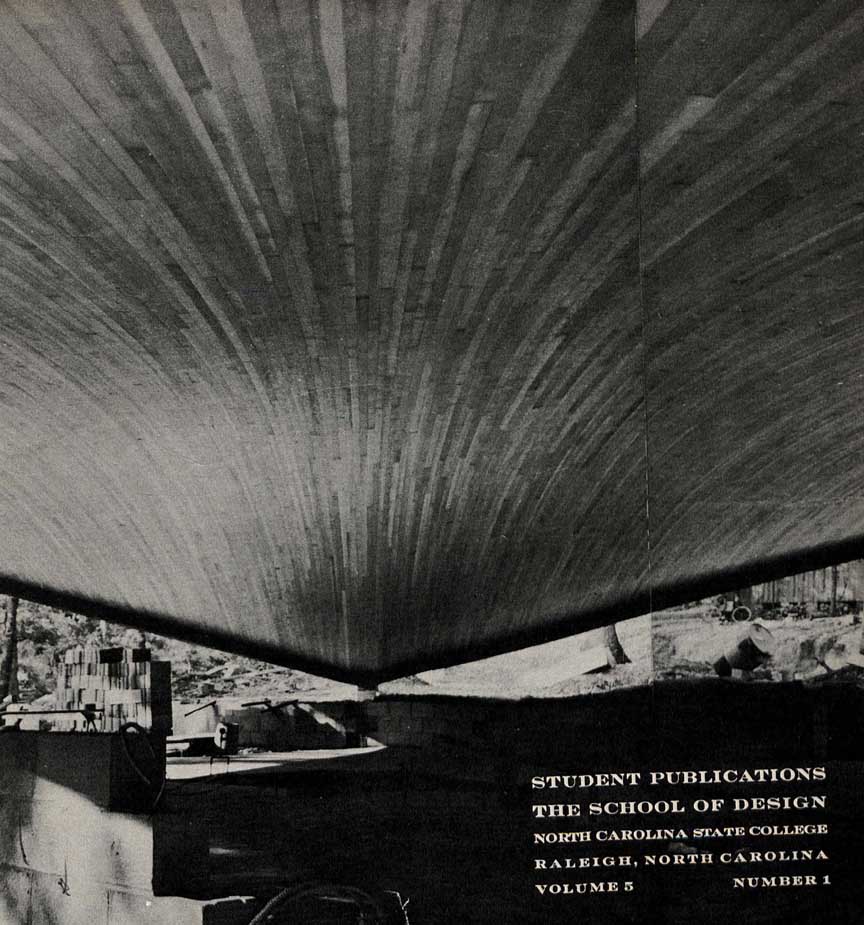
Contributors: Eduardo Catalano, Felix Candela, Duncan R. Stuart, Felix J. Samuely, J. Robert Oppenheimer, Robert Le Ricolais, Sam Rosenberg, Brian Hackett, Lawrence Halprin, A. M. Mood, R. D. Specht
Volume 04
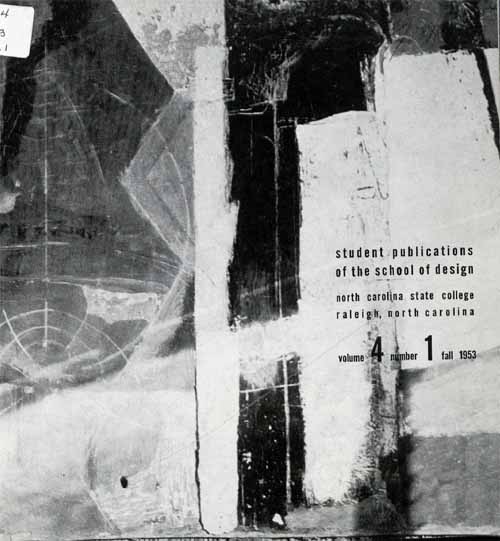
Contributors: Manuel Bromberg, Goldfarb, Kina, Buckminster Fuller, Lewis Clarke, Bier, Simon, Wilkinson, Atilio Gallo, Roy Gussow, Margaret Lemle, Irwin Jones, Eduard F. Sekler, Richard J. Neutra, George Boas
Volume 03:
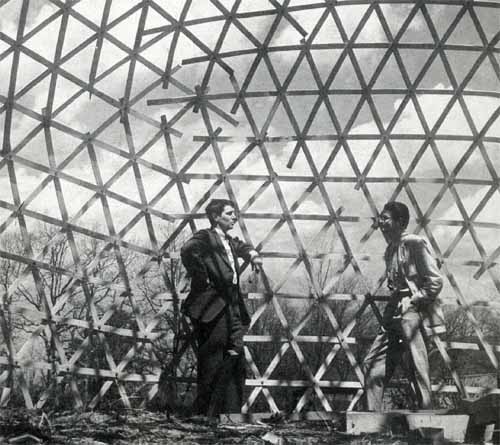
The School of Design is a community of people working. It is the people in it who are important. The contribution of each person in terms of what he gets out of it is no more or less important than is another’s contribution in terms of what he gets out of it. But this is […]
Volume 02:
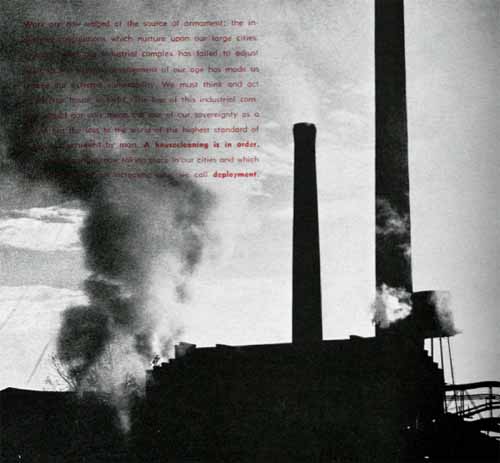
Volume 2 In this first issue of our second year you will find us concerned with the man of social awareness. We dedicate this issue to the promotion of this idea. You will not only find manifestations of our development as architects but also thoughts in our development as citizens. We profess that the combination […]
Volume 01

Volume 1 “This first issue of a Student Publication of the School of Design is dedicated to Matthew Nowicki and is concerned principally with his later work including an essay on architecture, his work in North Carolina and a selection from his last work – his sketches in India.”
